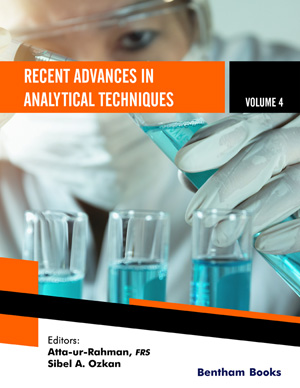Abstract
Electronic noses and electronic tongues are bioinspired devices which mimic the ability of human noses and human tongues to identify different gases/vapours and liquids, respectively. Unlike their biologic homologous, electronic noses and tongues can also be used for quantitative purposes. They consist of an array of non-specific sensors with different selectivities towards analytes (cross-response) which provide a complex set of data that, by means of chemometric methods, allows the classification of samples, the quantification of selected analytes and the estimation of global sample properties. Among such devices, voltammetric electronic tongues deserve special attention, because they can generate a larger quantity of information. This means more power to discriminate similar samples and analytes with close responses, but also the need of more sophisticated chemometric methods for the analysis and interpretation of the data. In the last years, the popularisation of commercial screen-printed electrodes has encouraged the design of voltammetric electronic tongues based on such screenprinted devices modified with a large variety of chemical substances, biomolecules and nanomaterials. The versatility of voltammetric electronic tongues has stimulated the development of many applications, mainly in the fields of food analysis and environmental analysis, which are reviewed in this chapter.
Keywords: Artificial Neural Networks, Electronic Tongues, Linear Discriminant Analysis, Multivariate Calibration, Partial Least Squares Calibration, Principal Component Analysis, Sensor Arrays, Voltammetry.






















